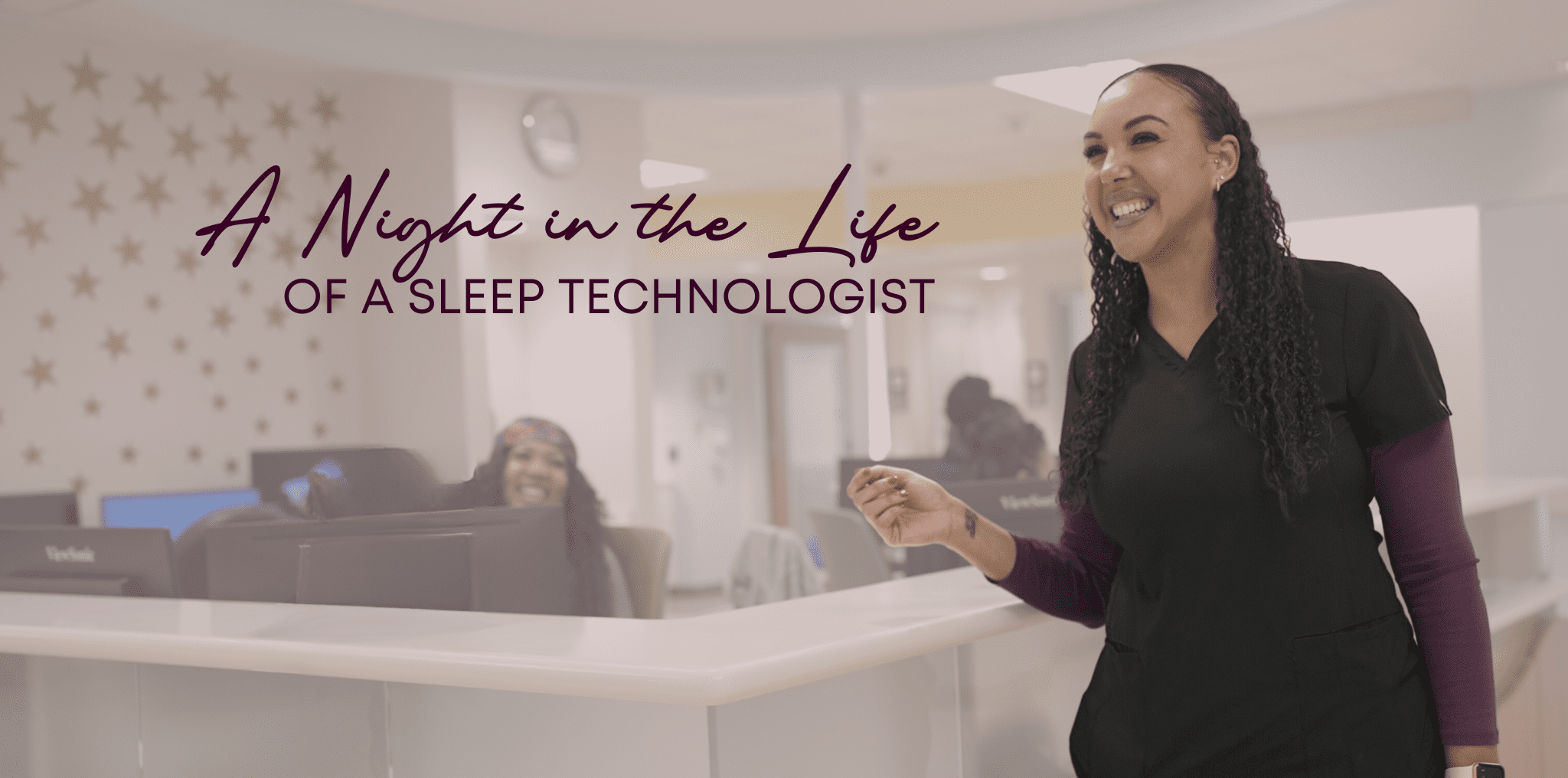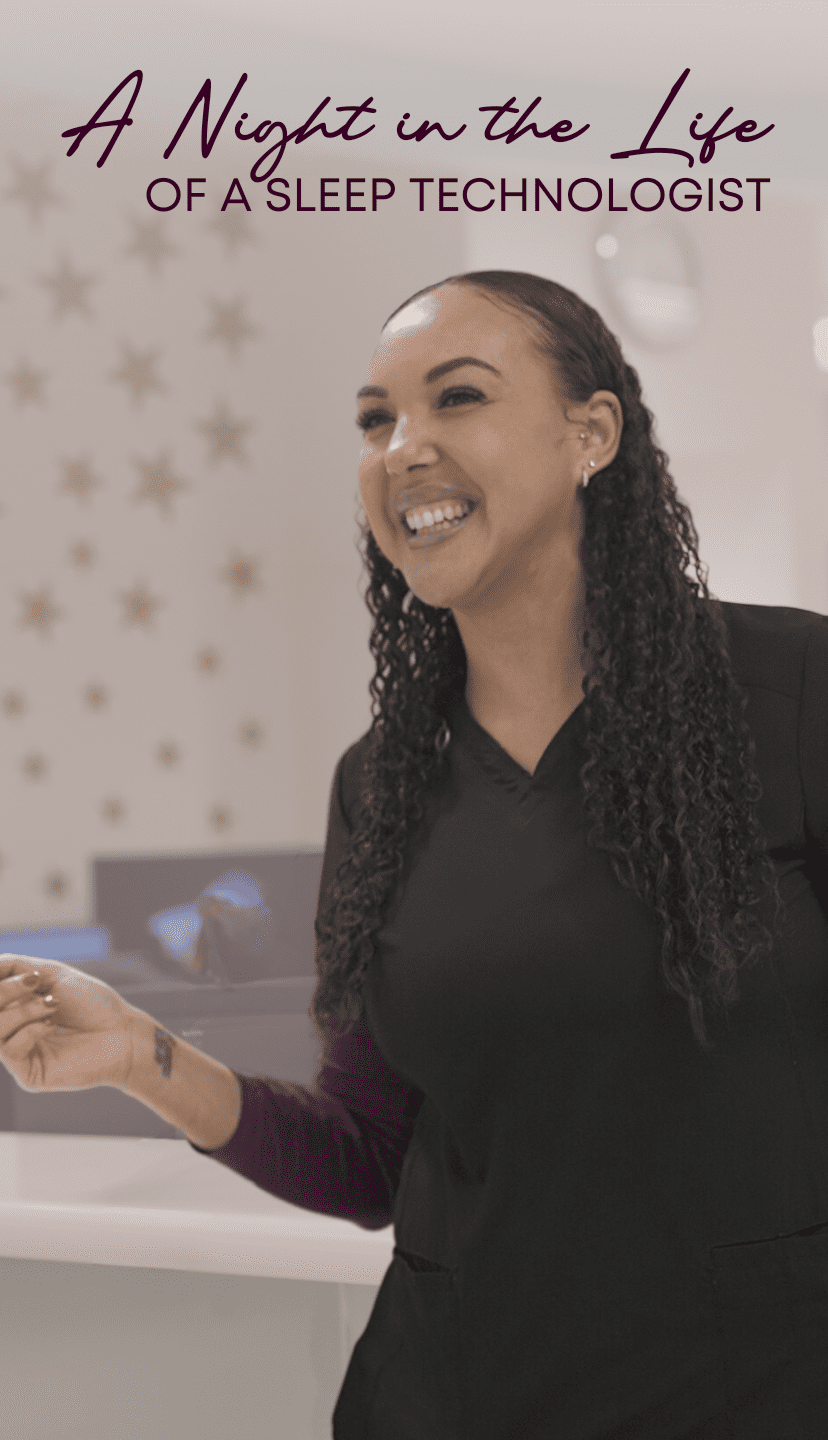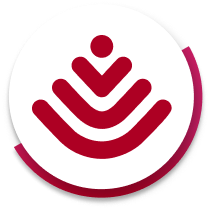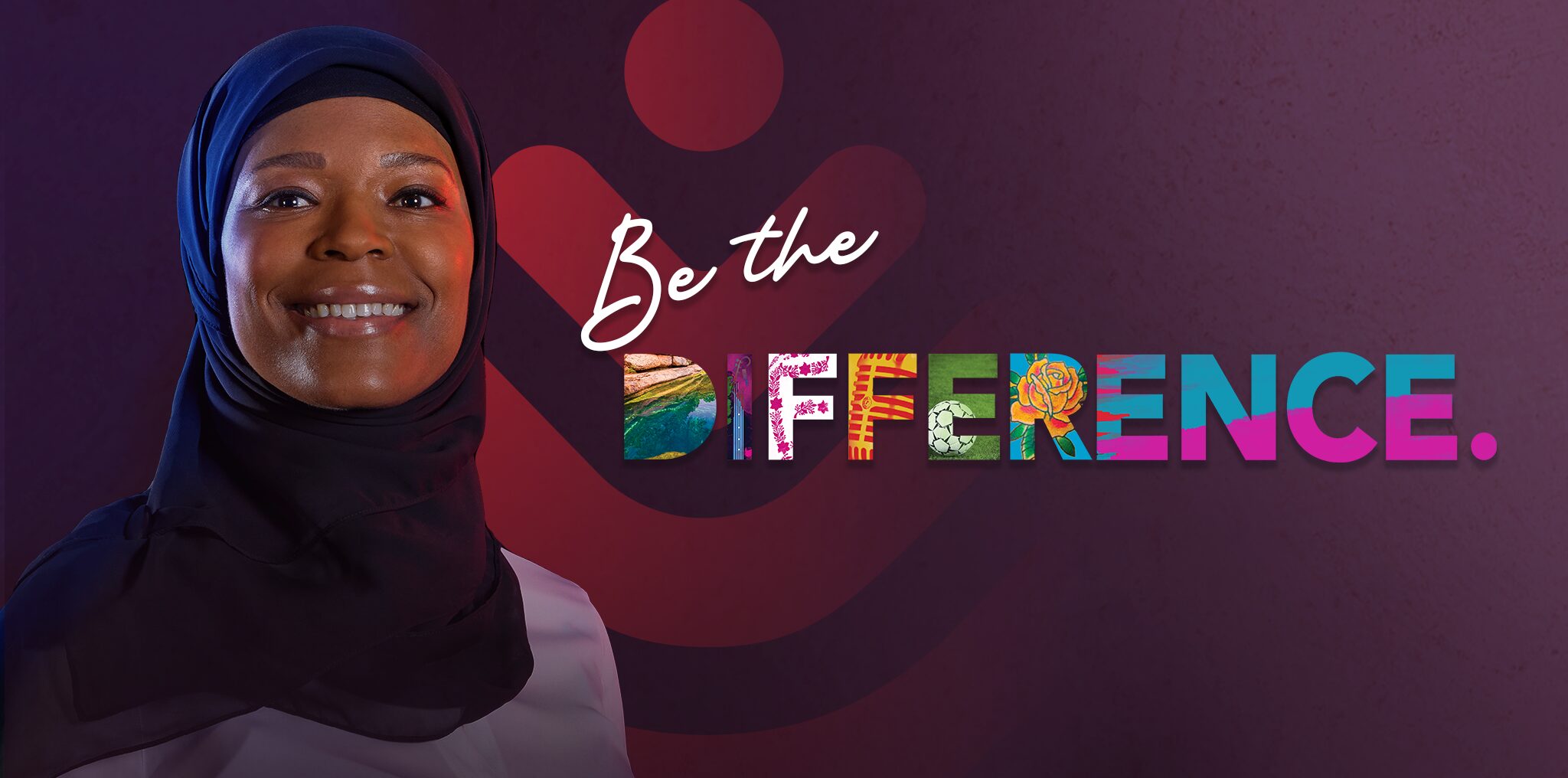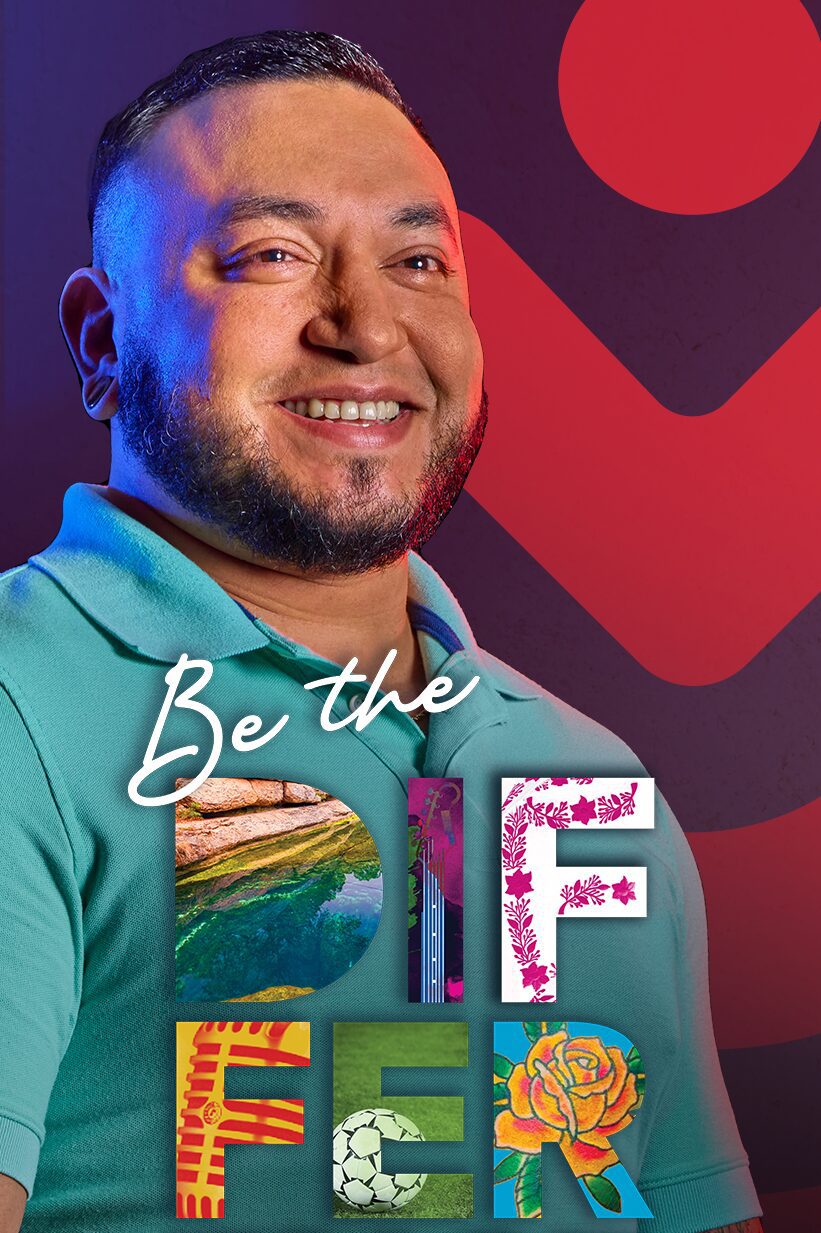A Night in the Life of Sleep Center Technologist Lydia Henry
Sleep is essential for the overall health and development of children and can take up anywhere from a third to over half of their day. When a child has a sleep disorder and is not sleeping well, it profoundly impacts their well-being and often affects the entire family. This is why sleep technologists like Lydia Henry, who work closely with other healthcare professionals at Texas Children’s Hospital – West Campus Sleep Center, are essential in providing comprehensive pediatric care.
The data Lydia collects while monitoring patients overnight in the sleep lab ensures the reading physician has high-quality data to diagnose and treat pediatric sleep disorders. Her work and expertise are important, helping our Sleep Center patients get better rest and improve their overall health.
The Rewards of Being a Sleep Technologist
For Lydia, the most rewarding aspect of her job is interacting with patients and their families. Lydia recounts a memorable experience where a young patient, initially terrified of the sleep study, returned to the lab just to give her a hug before surgery, saying it made them feel better. She finds joy in comforting anxious children and witnessing the dedication of parents. “Some kiddos come in very sick or scared, and seeing their resiliency is incredibly moving,” she says.
Lydia also loves working overnight. “There’s flexibility to take care of things like doctor’s appointments during the day and be at home when my daughter is at home sick from school. Attending functions or visiting her during lunch is easier, too,” she explains.
With 24 years of experience, eight of which have been at Texas Children’s, Lydia has positively impacted the lives of countless children and their families. Her interest in sleep technology began as a teen, ignited by accompanying her sister, who is also a sleep tech, and watching her prepare for patients. She was fascinated by the equipment and procedures. “When I was old enough, I applied to be a sleep tech where my sister worked and was hired,” Lydia shares. Her journey eventually led her to Texas Children’s, where a friend’s recommendation and perfect timing in her life made it a seamless transition.
A Typical Night Shift at the Sleep Center
Working overnight from 6 p.m. to 7 a.m., Lydia’s shift begins with reviewing her assigned patient’s history and preparing for the evening huddle—a critical meeting where physicians and staff discuss the night’s patients and their specific needs. Following this, she readies the patient room, setting up the necessary equipment and ensuring everything is in place for the sleep study.
When a patient arrives and is brought to their room, her job is to familiarize the child, and any family members staying the night, with their surroundings, explain the procedure and go over brief paperwork. She follows the American Academy of Sleep Medicine’s guidelines to place wires and sensors on the patient. This is done to monitor vital signs and sleep patterns. “Ensuring the wires and sensors remain on the patient throughout the night is important for accurate readings and patient safety,” Lydia explains.
Balancing Work and Personal Life
Maintaining work-life balance while working the night shift often requires intentional strategies and lifestyle adjustments. While Lydia likes the flexibility of her work schedule, she admits she finds it hard to keep a healthy sleep routine. To sleep better, she tries to create a calm environment and avoid stimulating activities before bedtime.
Other sleep technologists report that a balanced diet, exercise and proper hydration can also help reduce stress and improve sleep quality. It’s also important to communicate your sleep needs and to plan activities during your waking hours with loved ones to maintain social connections and improve your work-life balance.
Daytime at a hospital is a hive of activity. Because the sleep lab is quieter and more relaxed than during the day, many sleep techs try to get up and take stretch breaks during their nighttime shift. Some sleep technologists use therapy lights to manage their light exposure and remain alert during their shifts.
As you might expect, the quieter atmosphere of a hospital at night can sometimes be unsettling. Lydia and her team at West Campus blame strange noises and events on their floor’s friendly but mischievous “ghost” named Theo.
How to Become a Sleep Technologist
To become a sleep technologist, also called a polysomnographic technologist, like Lydia, individuals typically need a combination of education and on-the-job training. Some entry-level positions may only require a high school diploma and on-the-job training. Many employers, including Texas Children’s, require candidates with formal postsecondary education, however.
Sleep Technology Education and Training
Certificate programs in polysomnography are frequently offered by community colleges and technical schools. These programs typically last one year and cover topics such as sleep stages and cycles, sleep disorders, patient monitoring and diagnostic testing. Some institutions offer an associate’s degree. These programs generally take two years to complete and provide more comprehensive training, including clinical practice.
Practical experience is a critical component of training. New sleep technologists often undergo on-the-job training under the supervision of experienced professionals. This hands-on training allows them to apply theoretical knowledge to real-world scenarios, learn how to use sleep study equipment and develop patient care skills.
Certification in Polysomnography
Board certification demonstrates a commitment to the field and ensures that the technologist meets industry standards. The primary certification for sleep technologists is the Registered Polysomnographic Technologist (RPSGT) credential, offered by the Board of Registered Polysomnographic Technologists (BRPT).
To become certified, candidates must:
- Complete an Accredited Educational Program: Graduation from a program accredited by the Commission on Accreditation of Allied Health Education Programs (CAAHEP) or the American Academy of Sleep Medicine (AASM) is a common pathway.
- Gain Clinical Experience: Accumulate a specified amount of clinical experience, which can vary depending on the candidate’s educational background.
- Pass the RPSGT Exam: The exam covers a broad range of topics, including sleep study procedures, patient care and equipment usage.
Continuing Education as a Sleep Technologist
Sleep technologists must stay current with advancements in the field. The BRPT requires certified sleep technologists to earn continuing education credits to recertify every five years. This can be achieved through various means, such as attending conferences, participating in workshops and completing online courses. Continuing education is required annually at Texas Children’s to maintain certification and enhance skills.
The Texas Children’s Sleep Team – headed by Children’s Sleep Center Medical Director Dr. Binal Kancherla – recently attended and thrived at 2024 SLEEP, the annual meeting of the Associated Professional Sleep Societies, LLC (APSS) and the largest sleep medicine meeting in the world. The group included veteran and new participants who lent their expertise to thousands of sleep professionals gathered in the George R. Brown Convention Center to exchange knowledge about, and advance the practice of, sleep medicine.
Join Our Team of Sleep Experts
Texas Children’s Sleep Center is poised to become the largest freestanding pediatric sleep program in the country. All our Sleep Team nurses serve as pediatric advanced practice providers and all our sleep technologists are certified. Twelve of the approximately fifteen expert pediatric sleep physicians in Houston are based at Texas Children’s and we continue to grow in Austin.
Lydia’s story highlights the profound impact sleep technologists can have on the lives of children and their families. Her commitment to providing high-quality care and her ability to comfort and connect with patients make her a shining example of The Difference at Texas Children’s. If you would like to Be the Difference and join the Texas Children’s Sleep Team, search for careers and apply today.

